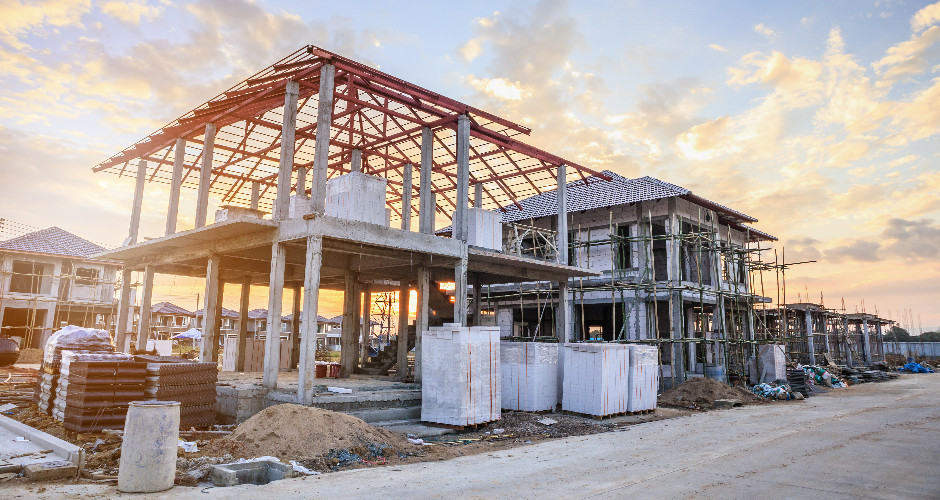The IMF uses the Spanish credit bubble as an example to forecast economic crises

The report "Discerning good from bad credit booms: the role of construction" published by the IMF, analyzes the indicators of the credit bubble that burst in Spain in 2008. It could be concluded from this analysis that characteristics of the construction sector make an important reference to anticipate possible economic crises.
The study, elaborated by the technical staff of the IMF, is based on a sample of advanced economies and emerging markets since 1970 and reviews the signs of slowdown that were witnessed in the Spanish economy at the beginning of the century. The experts of the IMF highlight two aspects as the principal indicators to forecast the crisis which took place: the growth of private credit and the cost of housing which almost doubled between 2000 and 2007.
The data collected by the study show how, in the years prior to the burst of the real estate bubble, the Spanish construction sector grew 47% while the global economic growth was around 27%. This difference provoked the crisis, which brought serious problems for the economy such as credit default, the subsequent bank failure and a prolonged slowdown.
The main conclusion of the study is that rapid growth of credit can be a precursor for a possible crisis because credit splendor ends up generating large-scale difficulties for the financial sector which puts a brake on economic activity. The report by the IMF also points out that the growth of toxic credits is accompanied, in the majority of cases, by an increase in housing prices.
The Fund states that the data extracted from the investigation, “go beyond the Spanish case and extend to periods of time not related to the world financial crisis".



